Description
5 Fieldbus network layer
5.1 mfb (master field bus) bus
The mfb bus is a field LAN bus and is connected between mp200, mp90, s400i/o, OPC (small control station) and the transmission system.
The mfb communication bus uses coaxial cables and twisted pairs. It connects the ci520/ci525/ci526 communication interface module and the
dstc452 modem. The ends of each twisted pair must be isolated, and the shielding layer of one end must be grounded. The communication of mfb
The rate is 375kb/s, its resistance is 75 ohms, and its hardware configuration is shown in Figure 3. The relevant system information of mfb is obtained from
the engineering station. The general order is time, information model, code, task number, sequence number, and data. It mainly displays the following states.
Code 20: cpu communication interface contact lost
Code 21: fatal hardware failure
Code 39: device/staTIon ok
Code 72: device/statIon address ok
Code 120: Process failure
Code-1: Execution error
Code -4: System error
Code -5: Minor system site error
Code-6: Communication failure
Code-9: Catastrophic bus failure
Code -10: Redundant cable interrupted
5.2 af100 (advant field)/mb90 (master bus) bus
The purpose of AF100/MB90 is to provide communication between multiple APC sites or between APC sites and ABB industrial system equipment. MB90 supports two different types of communication,
data processing and information sending. The data set is dynamic data. Use To monitor and control a certain processing process, this process uses service information for parameterization, program installation,
and diagnosis. AF100/MB90 is a high-performance regional bus capable of connecting up to 79 APC sites. The mb90 has a maximum length of 300 meters, and if equipped with appropriate signal cables and signal repeaters,
and long-distance configurations between individual transmission devices are available, up to 2000 meters. Technical characteristics of the bus
(1) Communication rate 1.5mbit/s
(2) Attenuation bus length <300m, proliferation delay <2000m
(3) Telegram length 2, 4, 6, 8,…32 bytes of user data.
(4) Identification code (telegraph code) range 1…4000
(5) Cycle time 2, 4, 8, 16, 32, 64, 128…2048 or 4096ms
af100/mb90 relies on a centralized bus manager. The bus manager functions are relatively complex and have many requirements.
For example, apc sites cannot be used as bus managers because they do not contain bus manager functions. To make communication between APCs via
AF100/MB90 possible, each solution (standalone and embedded) can be used to arrange the bus master of AF100/MB90. When the APCs start executing
their applications, the bus master must be operable, otherwise the data set function block within the apc branch will enter an error state when the locally
configured data set is not acknowledged by the bus manager within the specified time limit. , if the system has only apc site and no masterpiece is connected to mb90 or ac450 and af100, an independent bus manager should be installed.
The communication between ABB DCS and the transmission system (such as acv700/dcv700) is realized by relying on the drrtra (drive trans mi t) element and drrec (drive reciver) element shown in Figure 4 .
The drrtra (drive transmit) element is used to pass a given data set to the abb drive controller and select the control word and command word signal of the drive signal.
The definition of the control word and command word signal is given in the application drive software description. The drrtr element can generate different types of periodic
messages supported by the drive communication protocol. The destination of the signal is selected by the drive signal. The drrtr element can also write parameters. In the normal phase, the overload of drrtr can be detected.
The drrec (drive reciver) element is used to receive signals and control word values from the abb drive controller. The definitions of these signals are given in the application drive software description. The drrec element is just periodic information supported
by the drive connection protocol. The receiving data source is selected by determining the drive signal and signal index through the element input parameters. The drrec element also has access to parameters, and overloads of drrec can be detected during configuration.
Excitation system ABB module GJR2332200R0100
Excitation system ABB module GJR2329800R0100
Excitation system ABB module GJR2329100R0100
Excitation system ABB module GJR2312200R1010
Excitation system ABB module GFD563A102 3BHE046836R0102
Excitation system ABB module GFD563A102 3BHE046836R0102
Excitation system ABB module GFD563A101 3BHE046836R0101
Excitation system ABB module GFD563A101 3BHE046836R0101
Excitation system ABB module GFD563A101
Excitation system ABB module GFD233A103 3BHE022294R0103
Excitation system ABB module GFD233A101
Excitation system ABB module GFD233A101
Excitation system ABB module GFD233A 3BHE022294R0103
Excitation system ABB module GFD233 3BHE022294R0103
Excitation system ABB module GFD233
Excitation system ABB module GFD212A
Excitation system ABB module GFD212A
Excitation system ABB module GDC806C6003 3BHE044249R6003
Excitation system ABB module GDB021BE05 HIEE300766R0005
Excitation system ABB module GDB021BE05
Excitation system ABB module GDB021BE01 HIEE300766R0001
Excitation system ABB module GDB021BE
Excitation system ABB module GDB021 HIEE410455P104
Excitation system ABB module GD9924BE/V2 HIEE401091R0002
Excitation system ABB module GD9924BE
Excitation system ABB module GCC960C103
Excitation system ABB module G3FK HENF452878R1
Excitation system ABB module G3FE HENF452697R1
Excitation system ABB module G3FD HENF452692R1
Excitation system ABB module G3FCb HENF458568R1
Excitation system ABB module G3ESa HENF318736R1
Excitation system ABB module G3ENa HENF450268R2
Excitation system ABB module G3EFa HENF450295R2
Excitation system ABB module G3EB HENF315768R1
Excitation system ABB module G3EA HENF315754R1
Excitation system ABB module G2010A10.4ST
Excitation system ABB module FW9925a-E
Excitation system ABB module FS801K01
Excitation system ABB module FS801K01
Excitation system ABB module FS300R17KE3
Excitation system ABB module FPR3346501R1012
Excitation system ABB module FM9925A-E
Excitation system ABB module FI840F-Z
Excitation system ABB module FI840F 3BDH000033R1
Excitation system ABB module FI840F 3BDH000033R1
Excitation system ABB module FI840F
Excitation system ABB module FI840F
Excitation system ABB module FI840F
Excitation system ABB module FI830F-Z
Excitation system ABB module FI830F/3BDH000032R1
Excitation system ABB module FI830F
Excitation system ABB module FI830F
Excitation system ABB module FI830F
Excitation system ABB module FI820F-Z
Excitation system ABB module FI820F
Excitation system ABB module FI820F
Excitation system ABB module FI820F
Excitation system ABB module FI820F
Excitation system ABB module FI810F-Z
Excitation system ABB module FI810F
Excitation system ABB module FI810F
Excitation system ABB module FI803F
Excitation system ABB module FH660S-2220
Excitation system ABB module FH660S-2200
Excitation system ABB module FH660S-2020
Excitation system ABB module FH660S-2000
Excitation system ABB module FH660S-1110
Excitation system ABB module FH660S-1100
Excitation system ABB module FH660S-0200
Excitation system ABB module FH660S-0100
Excitation system ABB module FH660S-0000
Excitation system ABB module FEC12
Excitation system ABB module ETP90H-4G50
Excitation system ABB module EL3020-Uras26+02sensor
Excitation system ABB module EL3020
Excitation system ABB module EL3020
Excitation system ABB module EL3000
Excitation system ABB module EI813F-Z
Excitation system ABB module EI813F 3BDH000022R1
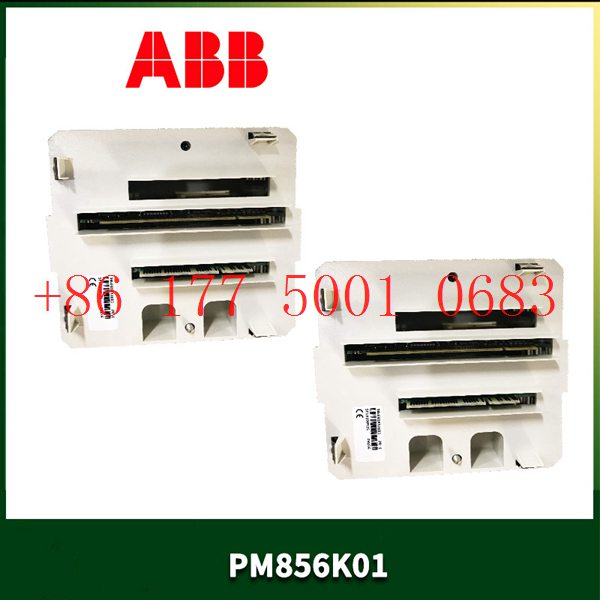
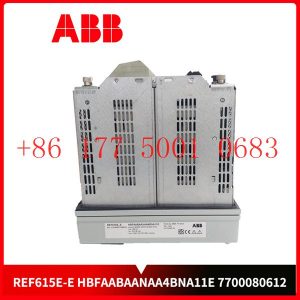
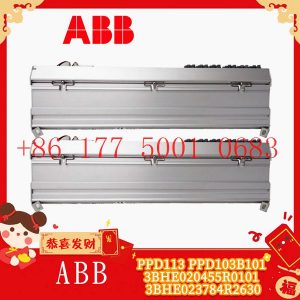
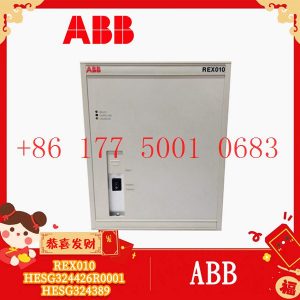
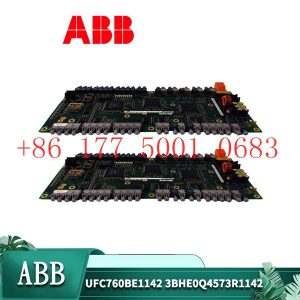




Reviews
There are no reviews yet.